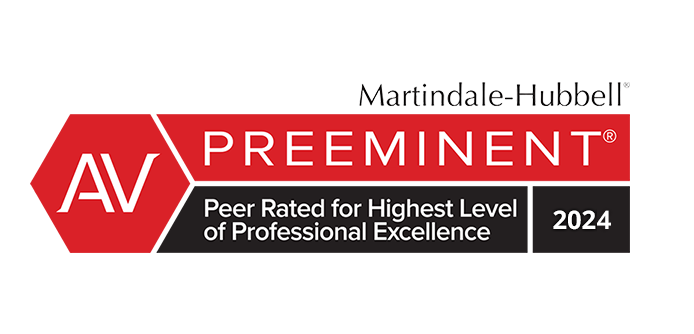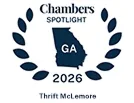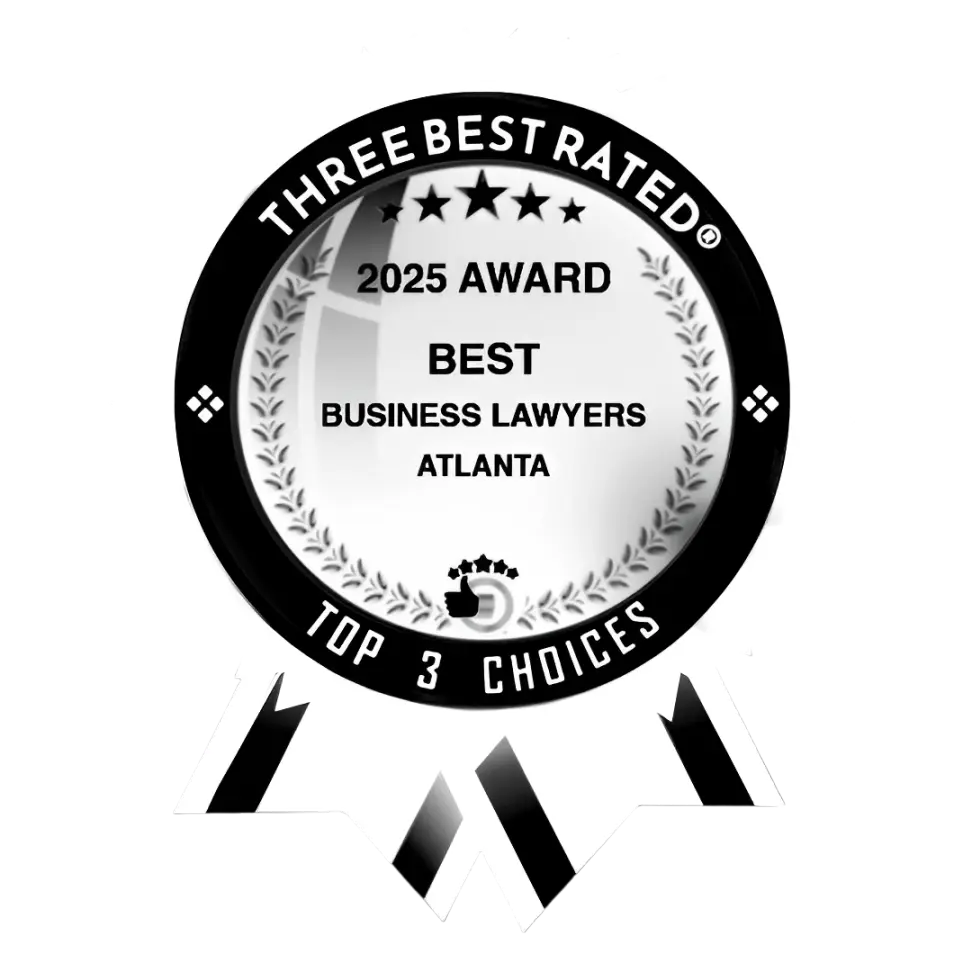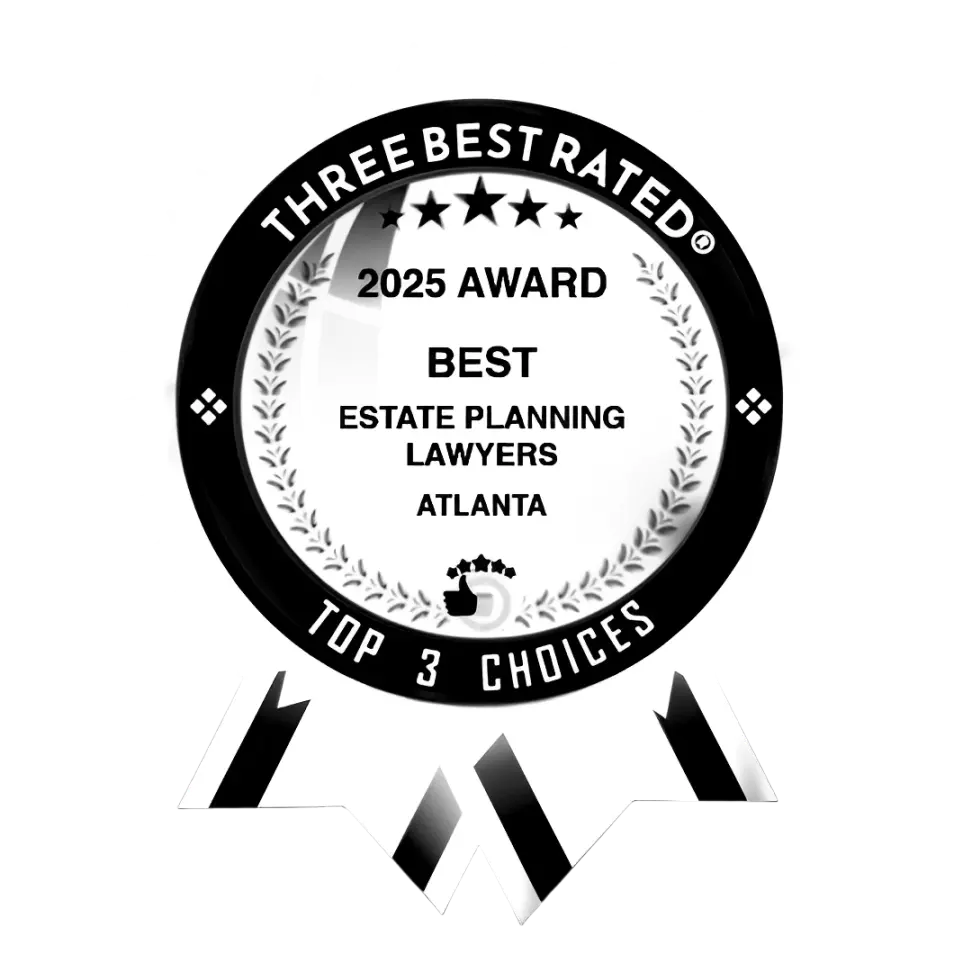- Home
- Practice Areas
- Litigation
- Adverse Possession
- Breach of Fiduciary Duty
- Business & Corporate Disputes
- Co-Counsel
- Commercial Litigation
- Construction Change Orders
- Construction Defects
- Contract Disputes
- Copyright & Trademark Infringement
- Evictions
- Failed Home Inspections
- General Civil Litigation
- Landlord Tenant Disputes
- Latent Defects
- Mechanic’s Liens
- Non-Compete Agreements
- Partition Actions
- Partnership Disputes
- Post-Judgment Collections
- Probate
- Quiet Title Actions
- Shareholder Agreement Disputes
- Business Law
- Asset Purchases
- Business & Corporate Disputes
- Business & Corporate Formation
- Business Outside In-House Counsel
- Business Sales & Purchases
- Buy-Sell Agreements
- Business Succession Planning
- Commercial Debt Collections
- Commercial Leases
- Commercial Litigation
- Commercial Real Estate
- Commercial Transactions
- Contract Disputes
- Contract Drafting
- Copyrights & Trademarks
- Corporate Bankruptcy
- Dissolution Actions
- Franchise & Dealership Law
- General Business Law
- General Partnerships
- Limited Liability Companies
- Limited Partnerships
- Mergers & Acquisitions
- Non-Compete Agreements
- Partnership Disputes
- Post-Judgment Collections
- Promissory Notes
- Shareholder Agreements
- Startups #GAStartupLawyer
- Sweepstakes & Prize Contests
- Real Estate Law
- Adverse Possession
- Commercial Leases
- Commercial Real Estate
- Construction Change Orders
- Construction Defects
- Contract Disputes
- Deed Drafting
- Evictions
- Failed Home Inspections
- HOA & COA
- Landlord Tenant Disputes
- Latent Defects
- Lease Purchases
- Mechanic’s Liens
- Partition Actions
- Promissory Notes
- Quiet Title Actions
- Seller Financing
- Short Sales
- Estate Planning
- Litigation
- Our Team
- Testimonials
- Blog
- Contact
- Contact Us
- Call Us: 678-882-0830
Atlanta Copyright & Trademark Attorneys
Our Atlanta copyright and trademark attorneys assist clients throughout Georgia in protecting their creative works, safeguarding their brands, and enforcing their rights.
Schedule a Consultation
At Thrift McLemore, our Atlanta copyright and trademark lawyers assist clients across Georgia in identifying what needs protection, registering trademarks and copyrights, and taking action if their rights are infringed.
Copyrights and trademarks are two key areas of intellectual property law that most businesses will encounter. Both play a role in protecting your business, your products, and your brand. They safeguard different types of assets: a trademark protects what identifies your goods or services, while a copyright protects your original creative works.
Trademarks
A trademark serves as an identifier. It may be a word, name, logo, symbol, color (like Tiffany Blue), or even a pattern (such as the Burberry check) that distinguishes your goods or services from others. A strong trademark assures your customers that your products or services meet your standards and come from a single source.
To qualify as a trademark, the mark must: (1) be unique or used uniquely such that it clearly identifies a good or service, or its source; (2) only function as an identifier; (3) be actually used in business. When these requirements are met, the owner receives legal protection against confusingly similar marks.
Although you are not required to register a trademark with the U.S. Patent & Trademark Office, failing to do so limits your rights to your immediate geographic area. Registration expands protection, creates a presumption of validity, and allows you to bring a case in federal court. A registered mark can theoretically last forever, but rights can be lost if the mark is not used or becomes too generic. Well-known examples of marks that became generic include Band-Aid, Velcro, and Q-Tip.
Trademark rights apply only to the goods or services where the mark is actually used. That is why identical marks may coexist in different industries, such as Delta (airlines) and Delta (faucets). Infringement occurs when two marks create a likelihood of confusion for consumers.
Copyrights
A copyright protects original creative works that exist in a tangible form. Traditional examples include books, music, films, and art, but software code and other digital creations are also covered.
Copyright grants creators two primary rights:
- The right to use, produce, and distribute their work
- The right to create derivative works
Although registration is not required, it is strongly recommended because it provides additional protections and makes enforcement easier. Copyrights do not last indefinitely. In most cases, protection extends for the life of the author plus 70 years. After that period, the work enters the public domain.
Speak with an Experienced Copyright and Trademark Attorney
Your intellectual property is often one of your most valuable assets. Whether you need to register a trademark, protect a copyright, or address infringement, taking action quickly is critical.
If you need to protect your intellectual property or believe your rights have been violated, call us at 678-882-0830 to schedule a consultation with one of our Atlanta copyright and trademark attorneys .
Have a Question?
Have a legal question about copyright or trademark? Contact us directly at (678) 882-0830.
Relevant News & Insights
Georgia Written Agreements: Safeguard Your Interests Early
Can a verbal agreement hold up in Georgia? See why written contracts give Atlanta businesses stronger protection against disputes.
READ MORENew Requirements for Out-of-State Landlords with Georgia Rentals
If you’re an out-of-state landlord with rental property in Georgia, a new law may significantly affect how you manage your properties.
READ MOREGeorgia’s Right to Repair Act: What Homeowners & Contractors Need to Know
Understanding Georgia’s Right to Repair Act is essential for homeowners and contractors facing construction disputes.
READ MOREBusiness Divorce 101: When Georgia Business Partners Part Ways
Business partners don’t always agree. Learn how a business divorce works in Georgia and what steps protect your interests when partnerships end.
READ MOREUpdate on the FTC’s Ban on Non-Compete Agreements
In our recent post, “The FTC Banned Non-Competes: What This Means for You,” we explored the Federal Trade Commission’s (FTC) sweeping new rule banning non-compete agreements. This rule was set to shake up the workplace. Since then, there’s been a major development that might affect how this rule plays out. What happened? On June 28, […]
READ MOREHow DBAs Impact Your Business Identity
Most people have probably heard of PepsiCo and Alphabet Inc. However, these companies also operate under more widely known names: Pepsi and Google. So, how do these companies operate under different names at the same time? The answer is simple. They use a DBA. What is a DBA? The concept of “Doing Business As” (DBA), […]
READ MORE
© 2025 Thrift McLemore. All Rights Reserved.












